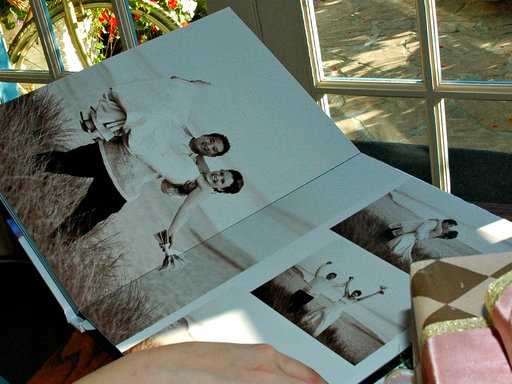Disclaimer: This website provides health information for educational purposes only and is not a substitute for professional medical advice, diagnosis, or treatment. Always seek the guidance of a qualified healthcare provider with any questions you may have.
Time is a construct that humans have been checking since, well, the beginning of time. The watch, for example, is a tool that reminds us that we are bound by time. Time dictates what we do and our decision-making processes, and ultimately, measures how we spend our lives. Watches can be considered insignificant by some, merely fulfilling the purpose of telling the time. But they are more than that, as they help define who we are and our view of the world.
Reflection of World View
In the ensuing years from its invention from early analog, watches have transcended from merely just telling the time to having a multitude of purposes and meanings. For example, your father has probably gifted you a stainless steel watch with a laser marking of your name, a watch that has been passed from generation to generation.
Even with other devices such as mobile phones telling the time, many of us still opt for our timepieces because it is a symbol of character and belonging. With men’s wardrobes becoming more minimalist, a watch allows for more flexibility and personality, as compared to the standard suit and tie. It is also not limited to that.
Watches have also been compared to cars, indicating technological advances that both industries evolve throughout the years. With some watches having more than 1,000 individual parts, over 50 springs, and more than 20 hands, they can be a technological art of craftsmanship, much like a luxury car. Pre-owned watches are also very significant in auctions, with a timepiece from the 1930s sold at $11.5 million 10 years ago.
Aside from its ties to men’s fashion, the nature of watches has inevitably become an extension of some people’s lives. The launch of the Apple watch in September of 2016 somehow changed the landscape of watches, as they are now able to monitor footsteps, heartbeats, and even send messages. Aside from telling the time, the watch can essentially change the way we live our lives and activities through technological prowess that transcends time and makes our relationship with technology more personal and intimate.
Psychology

Wearable accessories, including watches, has also been known to determine or predict our behavior and personality traits. A study from 2015 by Ellis and Jenkins observed conscientiousness, defined as the quality of doing work or diligence. Higher levels of conscientiousness were observed with people wearing watches, maybe due to the fact of timely awareness, as well as arriving early on meetings or appointments. The study also observes how watches can be a form of style as well as its cognitive impact on a user with regards to conscientiousness and personality.
Time and Human Nature
The watch has represented more than just being able to tell the time, but has evolved to be a more personal and self-reflecting representation of ourselves and others. From basic wrist watches, personal assistants, and luxurious status symbols, telling the time has never been so personalized. Watches have evolved to become an important reminder that we, as humans, are just going through life with the tick of a clock.




